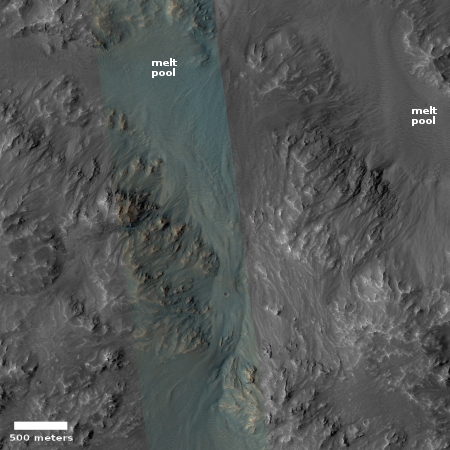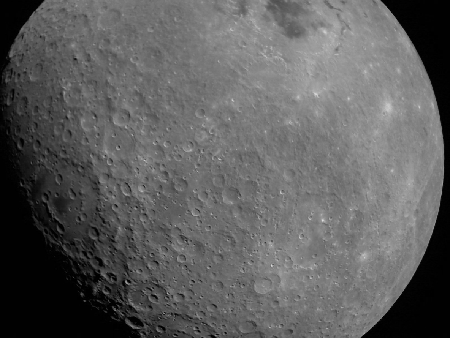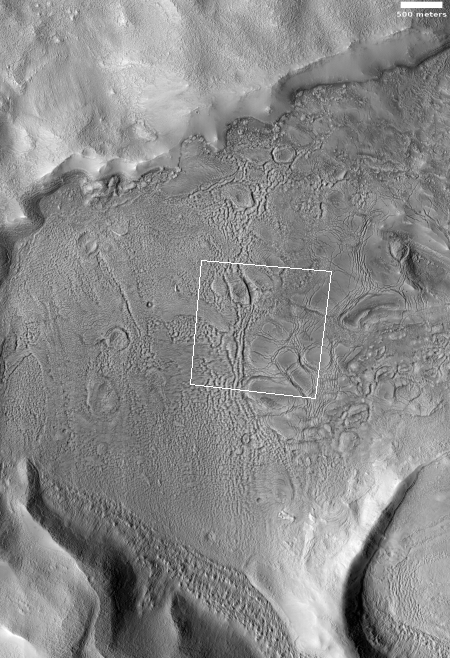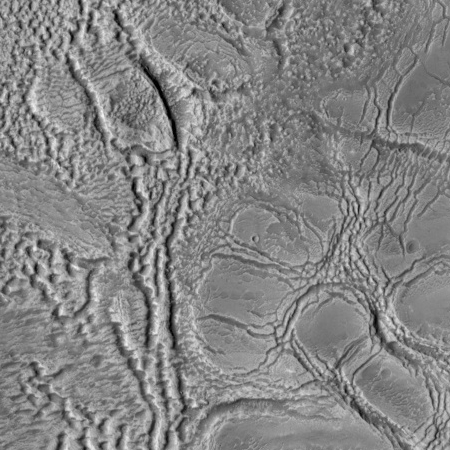Planned Starhopper test shuts down Boca Chica
SpaceX’s planned next hop of its Starhopper test vehicle is apparently forcing local residents from their homes, as well as threatening damage to buildings as much as two miles away.
Those residents live in tiny Boca Chica Village, Texas, which sits less than 2 miles (3 km) from a SpaceX-operated launch site near the US-Mexico border along the Gulf Coast. SpaceX’s test of the so-called “Starhopper”—a prototype of a reusable shuttle meant for human transit—may well create an “overpressure event” capable of breaking glass in buildings nearby. The police-delivered warnings advise residents to, at a minimum, exit their homes when they hear police sirens around the 4pm launch window.
Comments posted under the Brownsville Herald article include, “Doesn’t sound good to me that they have to evacuate their homes all because Space X is testing” and “I think spacex should be prepared to pay for the window replacements.”
The test is also forcing the closure of roads required by residents to access or leave their neighborhoods.
It seems that SpaceX’s decision to conduct their Starhopper tests in Boca Chica rather than at their McGregor, Texas, engine test facility might have been a mistake. Unlike Boca Chica, McGregor is a much larger facility, which means tests are farther away from local residences. While Boca Chica gives SpaceX great visibility (hence some great publicity) for Starhopper, it appears to also be causing some bad press because of these negative impacts on the local community.
Either way, expect news of Starhopper’s biggest hop in the next day or so.
SpaceX’s planned next hop of its Starhopper test vehicle is apparently forcing local residents from their homes, as well as threatening damage to buildings as much as two miles away.
Those residents live in tiny Boca Chica Village, Texas, which sits less than 2 miles (3 km) from a SpaceX-operated launch site near the US-Mexico border along the Gulf Coast. SpaceX’s test of the so-called “Starhopper”—a prototype of a reusable shuttle meant for human transit—may well create an “overpressure event” capable of breaking glass in buildings nearby. The police-delivered warnings advise residents to, at a minimum, exit their homes when they hear police sirens around the 4pm launch window.
Comments posted under the Brownsville Herald article include, “Doesn’t sound good to me that they have to evacuate their homes all because Space X is testing” and “I think spacex should be prepared to pay for the window replacements.”
The test is also forcing the closure of roads required by residents to access or leave their neighborhoods.
It seems that SpaceX’s decision to conduct their Starhopper tests in Boca Chica rather than at their McGregor, Texas, engine test facility might have been a mistake. Unlike Boca Chica, McGregor is a much larger facility, which means tests are farther away from local residences. While Boca Chica gives SpaceX great visibility (hence some great publicity) for Starhopper, it appears to also be causing some bad press because of these negative impacts on the local community.
Either way, expect news of Starhopper’s biggest hop in the next day or so.




